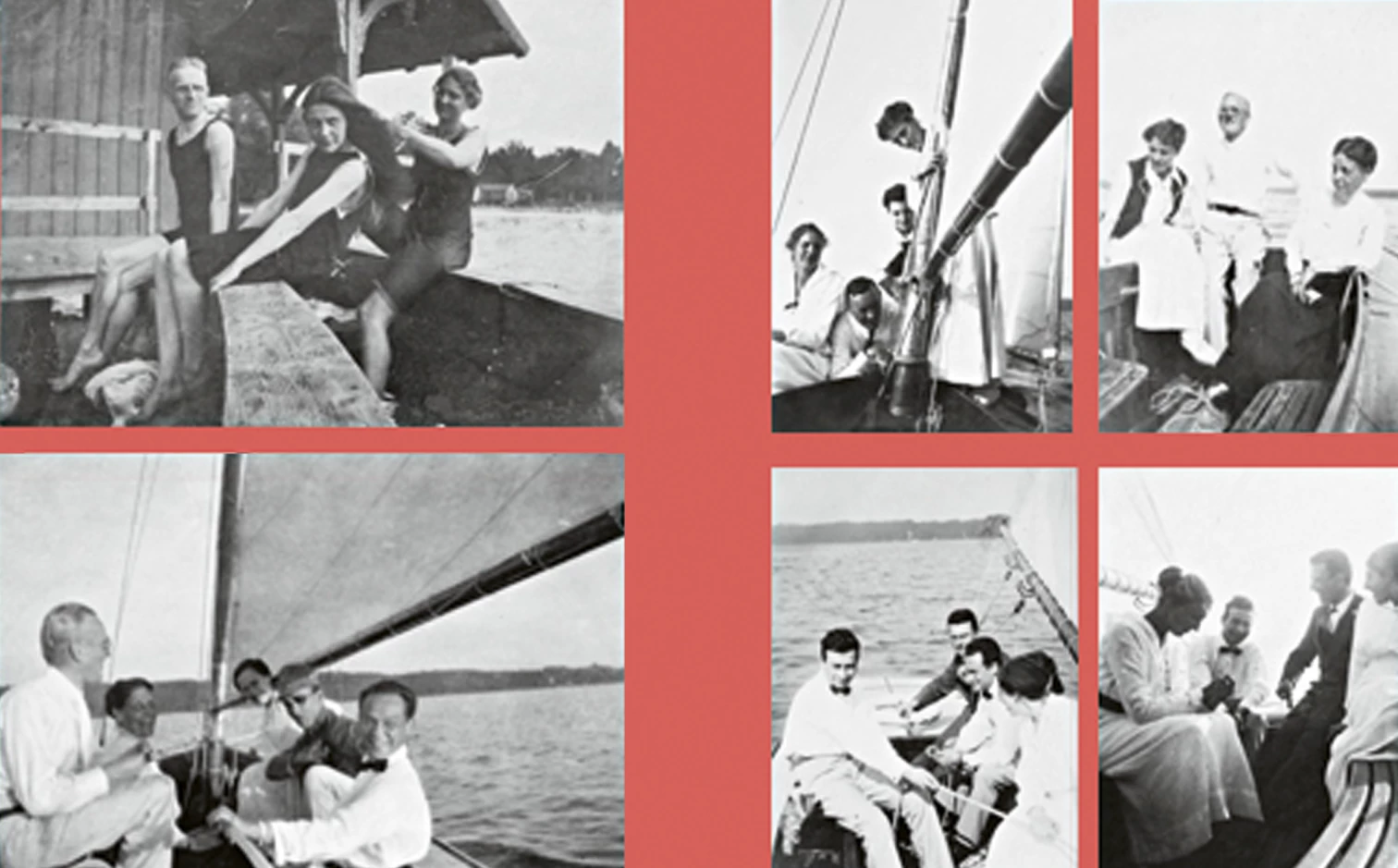
Many years ago, when Carola Giedion-Welcker and Sigfried Giedion’s son Andres welcomed me to the family’s home in Zurich, he shared a vivid picture of the days when his parents held a weekly jour-fixe in this neoclassical villa packed with books and art. The charismatic couple, who first met in Munich as students of the eminent art historian Heinrich Wölfflin, turned their house into a unique international meeting place of the intellectual and artistic vanguard of their time, including such figures as James Joyce, Sophie Taeuber-Arp, Alvar Aalto, Hans Finsler, and Le Corbusier. Serving as the ‘headquarters’ of the International Congresses for Modern Architecture (CIAM), the house was a laboratory in which projects were developed, books written, correspondence drafted, messages cabled, alliances forged, and friendships established. While Sigfried and Carola’s individual contributions to art and architectural history and culture have been the subject of extensive scholarship and many publications (see Arquitectura Viva 123), the universe in which they collectively operated has only been peripherally considered thus far. As its title promises, this sumptuous book fills a gap by propping the door open and allowing us a peek into the Giedions’ world.
With its large, quarto format and over 400 pages, this tome escapes the traditional approach to scholarly publishing and proposes what we might consider an alternative format for an exhibition: in eleven, didactically color-coded sections, and interspersed with excerpts from five decades of letters, Almut Grunewald, the editor (or curator) of the book, displays a selection of archival materials retrieved from the couple’s papers, which contain extensive correspondence, piles of photographs, and boxes of manuscripts, besides two libraries. The Giedion World almost exclusively consists of well-reproduced, impressive visual material. Text is mostly limited to captions (or the label) – laid out on a white band at the bottom of every page – and, for each topic, a comparatively short essay (the gallery texts), contributed by five esteemed contributors whose identities can only be traced on the colophon page.
Each spread presents itself like a vitrine in which photographs, letters, and books are carefully arranged, superimposed, and staged as artifacts with (at times a bit over-articulated) drop shadows. This immediacy of the object unfolds particularly beautifully in a section dedicated to the couple’s library, spread out over ten pages and inviting the reader to peruse a selection of titles that point to the Giedions’ multifaceted interests. Similarly, the art with which the couple lived (they did not understand themselves as collectors) is reunited in this book, allowing us to grasp Carola and Sigfried’s deep involvement in, and their impact on, the avant-garde. Sigfried Giedion, who considered “friends of architecture and the visual arts only moderate readers,” would likely have approved of this smart picture book, which successfully invites a broader public to take a good dose of 20th-century art and architecture culture.






